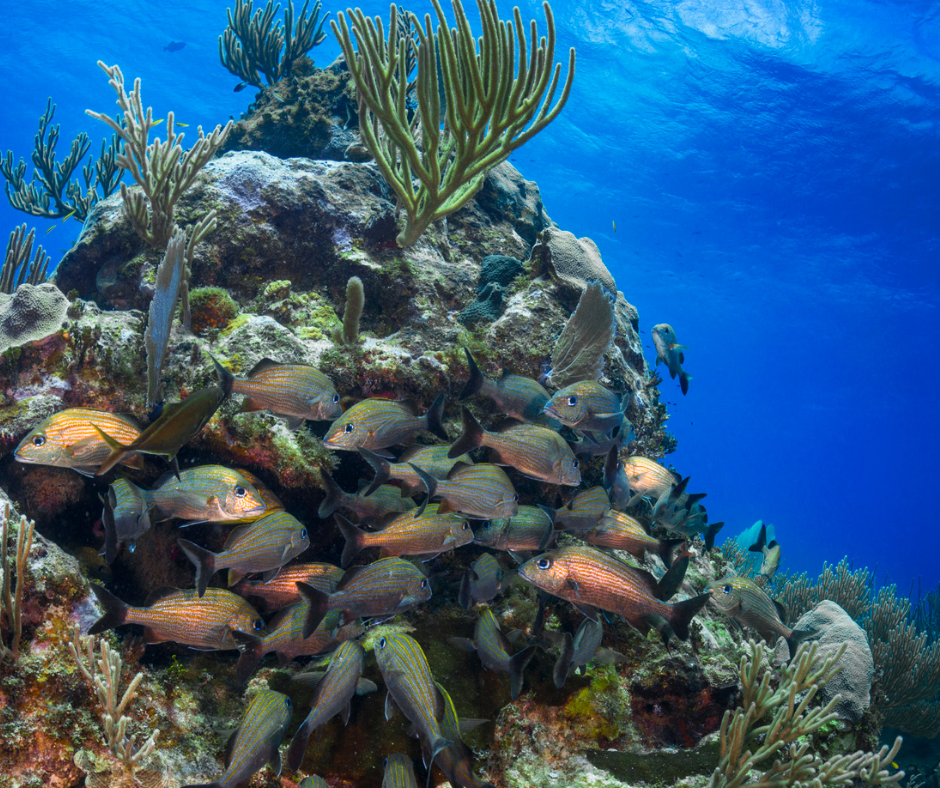Cayman: Marine parks nominated for UNESCO list

he Ministry of Sustainability & Climate Resiliency is pleased to see a community-led nomination for the Little Cayman Marine Parks and Protected Areas achieve backing from the United Kingdom to be put forward for United Nations Educational, Scientific and Cultural Organization (UNESCO) World Heritage status.
Five new sites from across the UK and overseas territories have been added to the UK government’s “Tentative List”, which is published about every 10 years. This is an important achievement as the World Heritage Committee cannot consider a nomination for inscription on the World Heritage List unless the property has been included on a country’s Tentative List.
Other sites confirmed by the UK Department for Culture, Media and Sport are: the historic city of York, urban greenspace Birkenhead Park in Merseyside, the Zenith of Iron Age Shetland ancient settlement sites, and the East Atlantic Flyway, a migratory bird route over western parts of Europe.
Premier and Minister of Sustainability & Climate Resiliency Hon. Wayne Panton officially endorsed the community-led nomination in July 2022.
“Visitors to Little Cayman, the smallest and most undeveloped of our three islands, often remark that arriving on its pristine shores is like stepping back in time: Birdwatchers visit the hemisphere’s largest breeding populations of red-footed boobies at the Booby Pond Nature Reserve and Rookery RAMSAR site, while divers and snorkelers admire coral reefs teeming with life. Little Cayman holds special significance for me, personally, and I am proud of the role my Government, Ministry and colleagues in the Department of Environment have played in establishing and managing these marine protected areas that qualify Little Cayman’s extraordinary Marine Protected Areas for consideration of the UNESCO World Heritage Site (Natural) status,” he said. “Ensuring the continued protection of the coral reefs, marine-associated coastal ponds and other marine ecosystems around Little Cayman benefit all who call the Cayman Islands home and those who travel from around the world to visit our country.”
In 2021, following many years of research and public consultation, the Cayman Islands expanded its Marine Protected Areas around all three Cayman Islands to take account of current and emerging threats to the country’s marine resources. Little Cayman now has 74.2% of its shallow shelf protected, from water’s edge to 45 metres deep.
Little Cayman’s protected areas also include the marine-associated coastal ponds, the Booby Pond Nature Reserve and Rookery RAMSAR site, the East Interior and the unique Tarpon Lake ecosystem.
Mr. Panton said: “I would like to thank the community of Little Cayman – particularly Peter Hillenbrand who championed this nomination – as well as the UK Government and the World Heritage Committee for their strong consideration of this application for World Heritage status for Little Cayman’s Marine Protected Areas, which I fully support. Having our Marine Protected Areas in Little Cayman ratified through international recognition as prestigious as a World Heritage designation, even on the Tentative List, is something everyone in the Cayman Islands can be extremely proud of. Little Cayman is a national treasure that will only continue to thrive under such a positive international spotlight, particularly as it identifies conservation of sites with special significance to all of humanity.”
Department of Environment Director Gina Ebanks-Petrie also expressed a sense of pride at the announcement reflecting on how Marine Protected Areas in the Cayman Islands laid the foundations for current and future conservation efforts.
“The UNESCO announcement highlights decades of conservation work across all three of our islands. Marine Protected Areas were first explored in the mid-eighties because fishers noticed changes in their catch, so it’s really the public who initiated and helped steer the original protections into what we have today. It is only with the public’s support of conservation measures, and the care and respect shown for all of nature, that Cayman’s unique species and ecosystems may continue to flourish,” she said.





